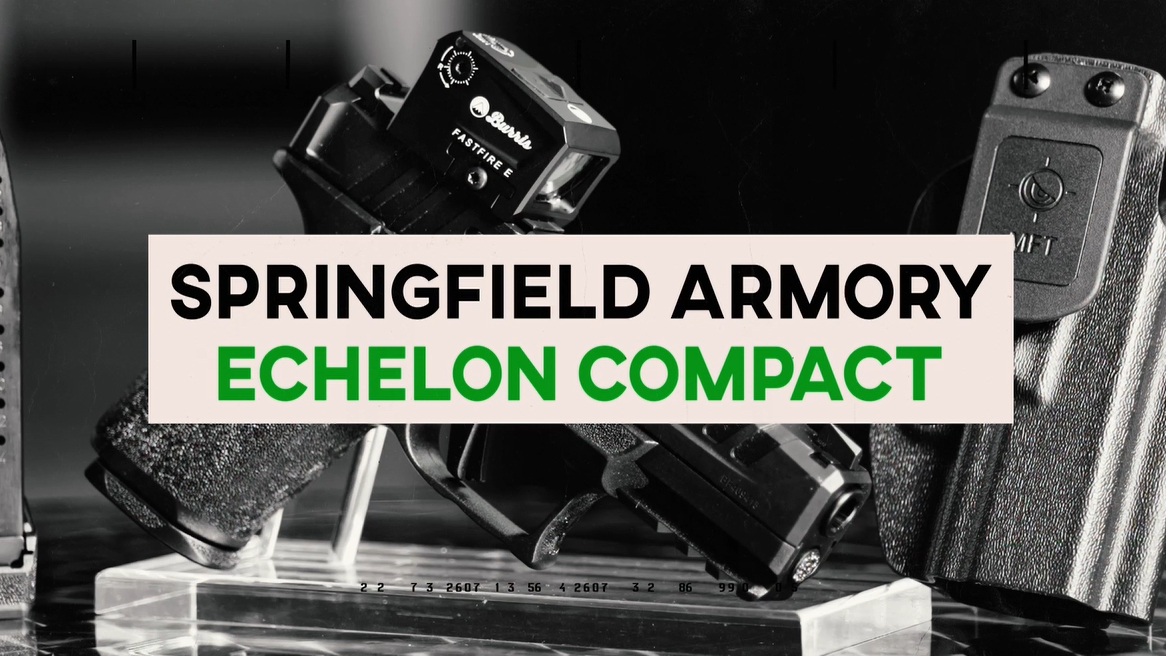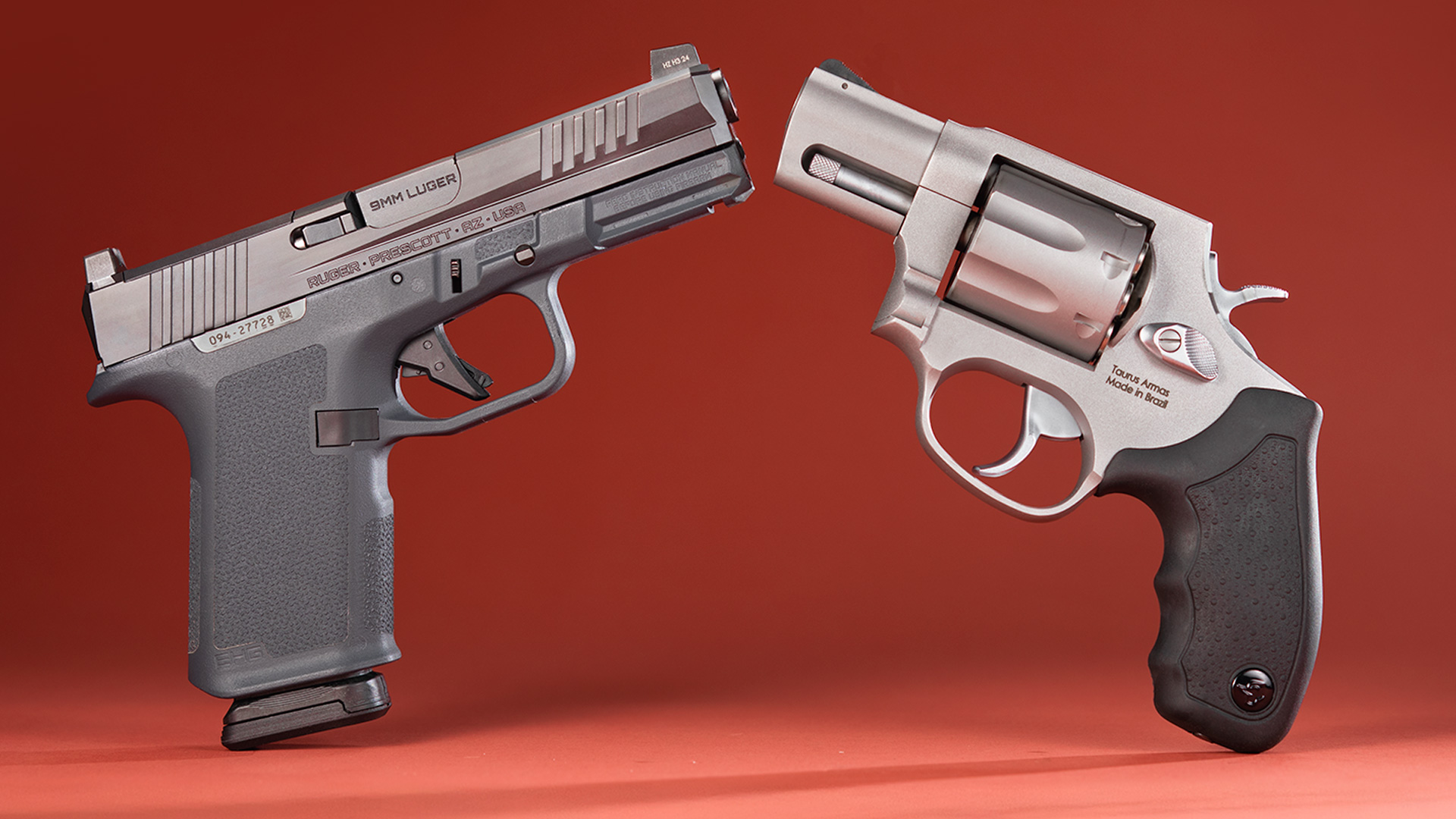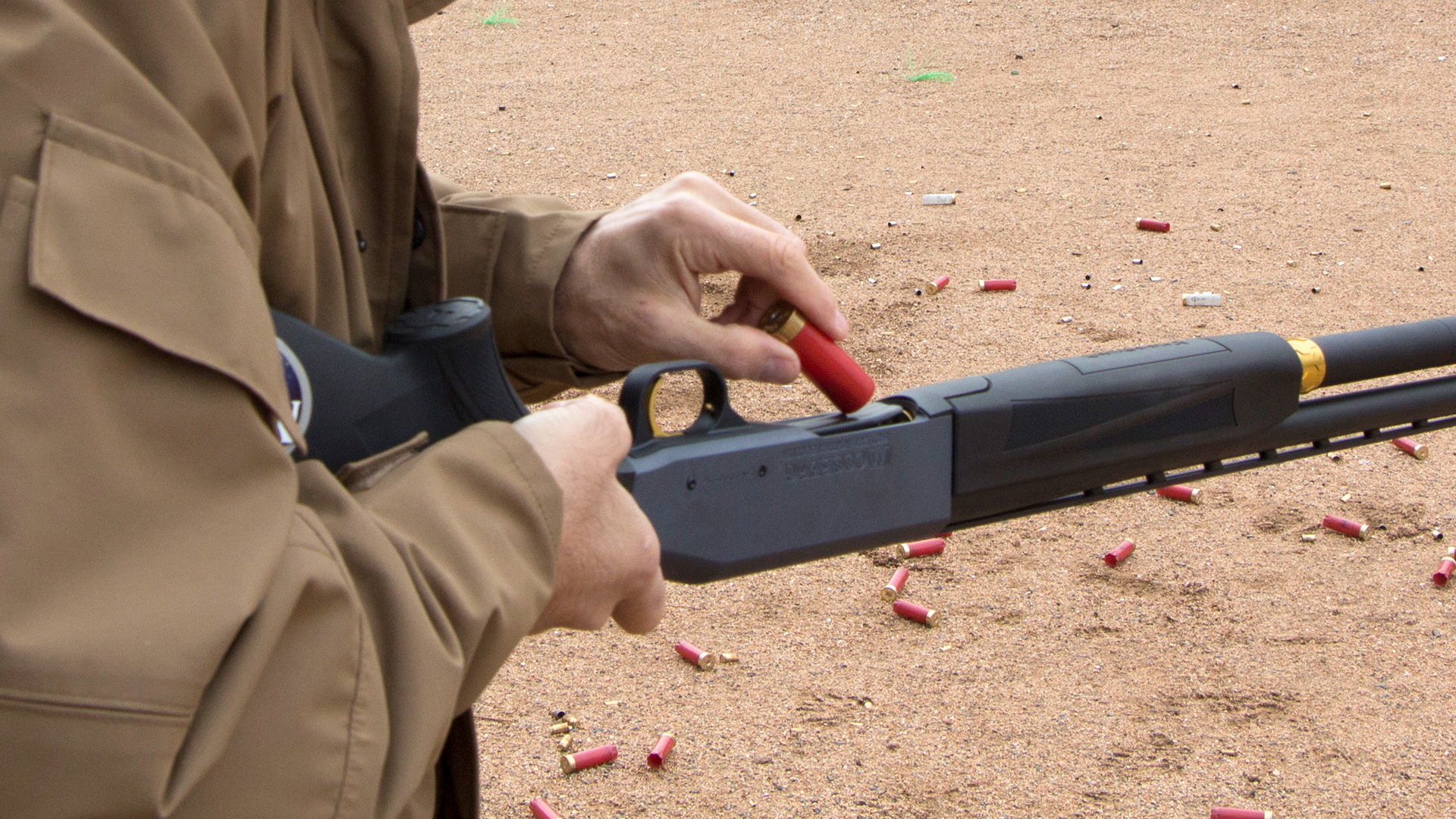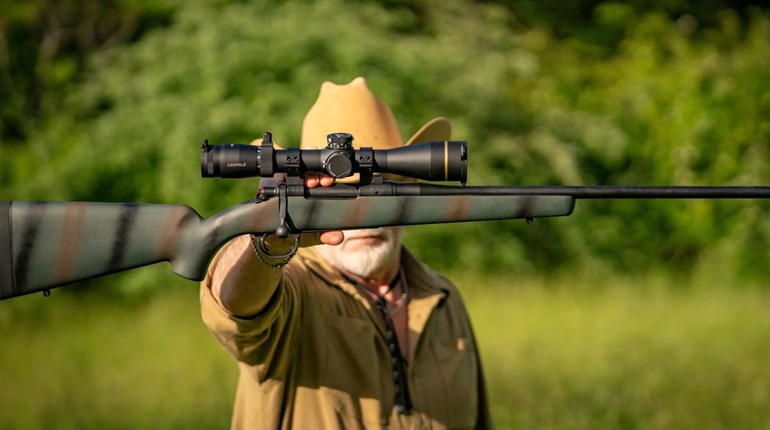
Probably the hottest niche in concealed-carry guns right now is the slim, subcompact, single-stack 9mm semi-automatic pistol.
What a biologist would call the “type specimen” of the single-stack 9mm species would probably be the early Kahr models from the late 1990s. Over time, the market has diversified to the point where it featured everything from budget-priced offerings from Taurus or Kel-Tec, all the way up to guns like Walther’s PPS and the recently-discontinued Kimber Solo.
The Smith & Wesson Shield and Glock G43 are so ubiquitous now that there are people I know who were staunch devotees of never carrying anything smaller than a Glock G19 who are toting them. It’s not hard to see the attraction, either. You have service-caliber punch in a gun that is smaller than many classic .380 ACP pistols. The same mechanical efficiencies of locked-breech operation that allowed .380 and .32 ACPs to shrink down to the size of old-school .25 ACPs make pocket nines a real thing.
So, if these are the obvious upsides, what are the downsides to carrying one of these handy single-stack 9mms?
Well, for starters, they’re harder to shoot well than their larger kin, and for numerous reasons. The shorter sight radius is one, but probably the least significant. More importantly, the stubby, small-diameter grips of these guns generally mean a two-finger grip with the dominant hand and the support hand is unable to provide as much clamping force as it would on a larger gun. With less grip on the gun, small errors in trigger-finger placement can be dramatically magnified. I’ve found, for example, in my own Glock G43, that the addition of a flat-faced TAC trigger shoe from Overwatch Precision paid big dividends, since it gave more tactile feedback when my finger was in the right place on the trigger or not.
The small grip on a single-stack 9mm also affects recoil control, obviously, as do the lighter weight and shorter barrel. Multi-shot strings are going to be noticeably slower because of this. I’ve seen shooters turn in amazing performances with little guns like these, but much like the J-frame revolver, a mini-nine is not an easy gun to run well without a lot of practice.
Another area that’s affected by the diminutive size of the single-stack 9mm is terminal ballistics. Reducing barrel length from the 4.5 to 5 inches you find on duty guns to 3 inches or so can have noticeable effects on velocity. After some chrono testing with a G17 and a G43, I noticed that the shorter gun gave up roughly 100 fps to the full-size model.
What this means is that most ammunition is going to be right at the ragged edge of expanding like it does in those advertising photographs, especially through much clothing, and that’s assuming a typical self-defense scenario in the 3- to 7-yard range. If one of those super-rare nightmare scenarios pops up—the crazy dude in a mall or movie theater—velocity is going to suffer even more at longer ranges.
That ties into the last obvious disadvantage of a single-stack 9mm, which is capacity. The basic flush-fitting factory magazines typically hold six rounds in 9mm format, and even less in the larger calibers. Various factory and aftermarket extensions may bump capacity up, but can affect concealability and even comfort by putting more mass above the beltline and causing the gun to flop around more if the belt and holster combination isn’t exactly right.
Six rounds are likely enough for the vast, vast majority of violent criminal encounters, but there are always those exceptions and outliers.
Jeff Cooper, founder of Gunsite Academy, had a saying about little .25-caliber pistols back in the day, to the effect that their biggest drawback is that someone carrying one might feel like they are armed and act accordingly. I don’t necessarily agree with that 100 percent, but it does neatly encapsulate what I think is one of the drawbacks of the single-stack 9mm. To wit, if I’m carrying, say, a G43, I might think I’m carrying any Glock 9 mm and act accordingly.
In reality, the G43 is a lot closer, capability-wise, to a J-frame revolver or a pocket .380 ACP, and that is going to drive my tactics and decision making. In a scenario such as one with a lunatic in a movie theater or mall, the little G43 can’t engage from ranges where I’d be perfectly comfortable making a shot with a G17. They may both say “Glock 9x19” on the slide, but the gulf in capability between duty size and pocket size is broader than some people realize. The armed citizen who carries a single-stack 9mm owes it to him or herself to know exactly what can or cannot be done with it.




































